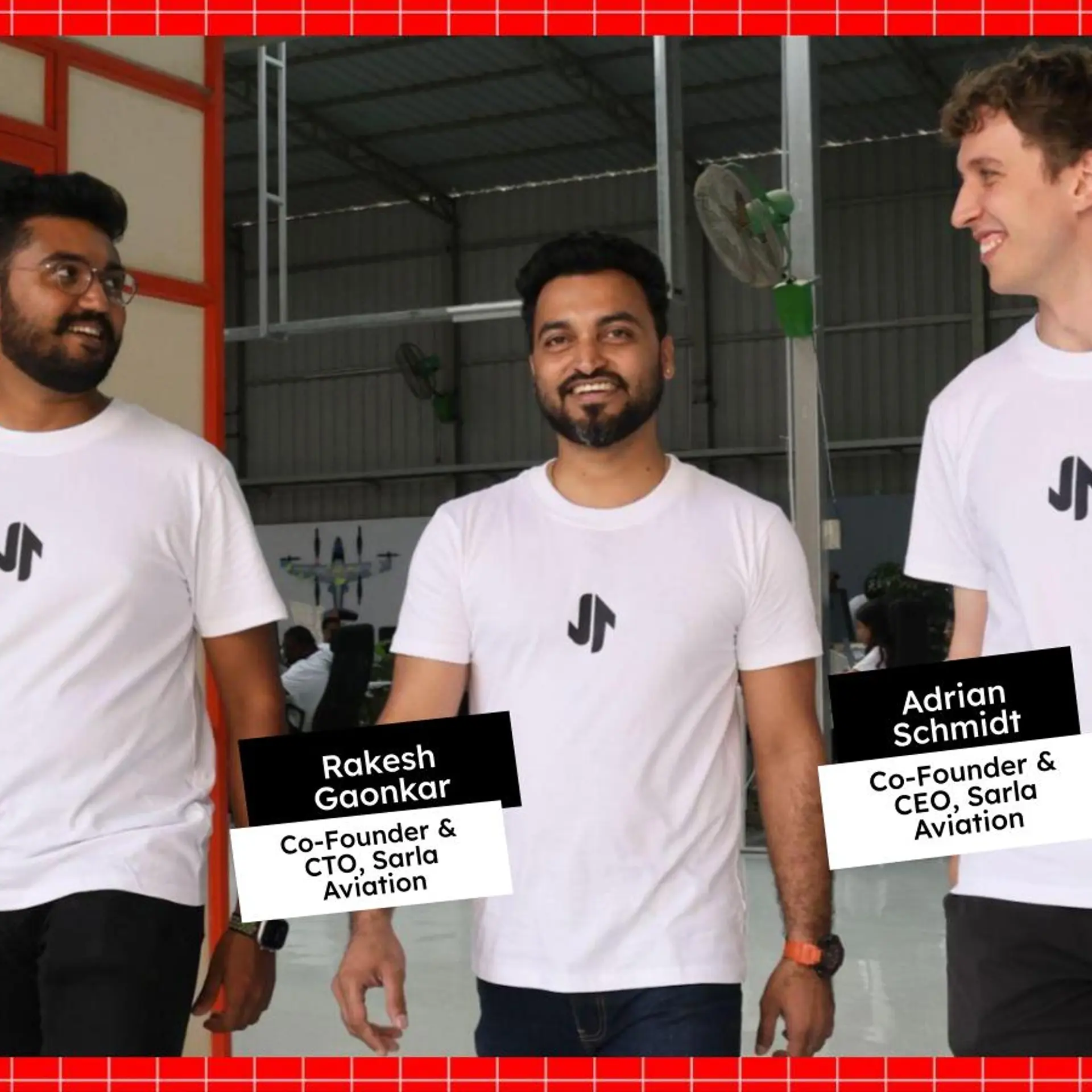Message in a 2-minute bottle
We all love to speak. Well, most of us do. Okay, maybe only some of us do. And that “some of us” includes most of us entrepreneurs. I would say a problem bigger than the classic entrepreneurial problems like raising funds, building businesses, and resolving team disputes, which all of us grapple with everyday, is the issue of time and time management. True, we as entrepreneurs have hundreds of issues to deal with at a given time; but this is a bit different. This has something to do with our love for speaking.
Today, I would like to talk to you about time issues. And no, this is not the time issue that your spouse and family members are angry with you about. This is also not about organizing your schedules or answering all of your forgotten emails. And as much as we know it is a challenge, this is also not about your lack of time and so-much-to-do daily commotion.
This time problem is about the instant when you get on stage to do a demo, or a talk about your venture, or a telling of your story. Something happens when you begin. This something is so exceptionally peculiar to us, as Indian startups. We get swept up in the desire for our audience to understand, to relate to our journey. We get fiercely involved in making sure every detail is accounted for and expressed to our listeners.
In the last 6 years, I can count on my fingers the number of presentations that entrepreneurs gave without running out of time. It was always unanticipated and remarkable. “Hey, did you finish within the time? How?” You have so much to convey in such little time. You have to talk about your product, your market, your strategy, your team and so much more. How can this be done in two minutes or even five minutes? And yet, somehow, a few individuals are able to master this skill.
A short pitch video we made for you, have a look :-)
Yes, I know. It’s torture to subject us to speaking in a nutshell. Particularly when the nut and the shell are both so small. On top of this undertaking, you often end up presenting to people with pronounced CADD (content attention deficit disorder). C’mon, don’t tell me you missed the signs; those brief moments when the listener was fidgeting, checking their phone, or murmuring to the person beside them. Perhaps they gave a cool smile to the girl passing by, or blankly nodded at you while their eyes glazed over, clearly thinking of something else entirely, all while you continued to do your demo.
Why does this happen? The answer lies in how the human brain works. In his book Pitch Anything, author Oren Klaff says the brain is comprised of three parts – the inner most crocodile brain, which filters out the messages coming in and processes them as fight or flight situations, the mid-brain that analyses social situations, and lastly the neo-cortex, which does the abstract,higher order of thinking.
So, while you are pitching with your highly evolved yet imaginative neo-cortex, here’s what your target is thinking:
If it’s not dangerous, ignore it.
If it’s not new and exciting, ignore it.
If it is new, summarize it as quickly as possible and forget about the details.
In conclusion, there is one specific instruction the author gives: do not send anything to the neo-cortex for problem solving, unless you have a situation that is truly unexpected and extra ordinary.
Therein lies the disconnect between our mouths and our brains.
To overcome this, Klaff urges his reader to seize the crocodile brain of their audience, the part of the brain with the shortest attention span, and convince it that you are impressive enough to hold still for a moment. In sum, keep your assertion short, forceful and compelling.
How do you do it? Now that is the tricky question. While most books offer differing answers on giving crisp pitches, one thing that surely works wonders, is preparation. We undermine the value of practicing and writing our speech beforehand because after all, we clearly know our business inside and out… Right? But surely, the best of the best seem to practice and practice until they achieve perfection. Author Michael Hauge’s book, Selling Your Story In 60 Seconds, proposed 8 steps to a powerful pitch. Out of these 8 essential steps that assure a winning pitch, let me share the 5 relevant for presentations.
1. Review – determine the most powerful elements in your story/pitch.
2. Write – prepare a script of exactly what you are going to say.
3. Rehearse – practice and practice and practice it some more, until you know it so well that it becomes second nature conversation.
4.Revelation – reveal the strongest and most emotionally involving information.
5. Response – an effective pitch means listening, not just talking; you must have time to respond too.
While all of the above are definitely worth examining, there are innate, irresistible qualities to presenting that will drastically change the engagement of your audience. Passion, energy, and enthusiasm (without being cocky) are impressive and deeply powerful. Trust me, it will work like magic. This is your story, your demo, and your company. You can sell it best. You know you have the capability, the inherent power. Though you might not have the natural gift of gab, your love for what you are saying should be incomparable. And, it most certainly will be, because it’s your story. And if done with conviction, your pitch certainly will be unmatched. With practice, you can ensure that you value time and use it to your advantage. You will be a true winner if you can just keep it on time.
All the best for your next killer pitch.







